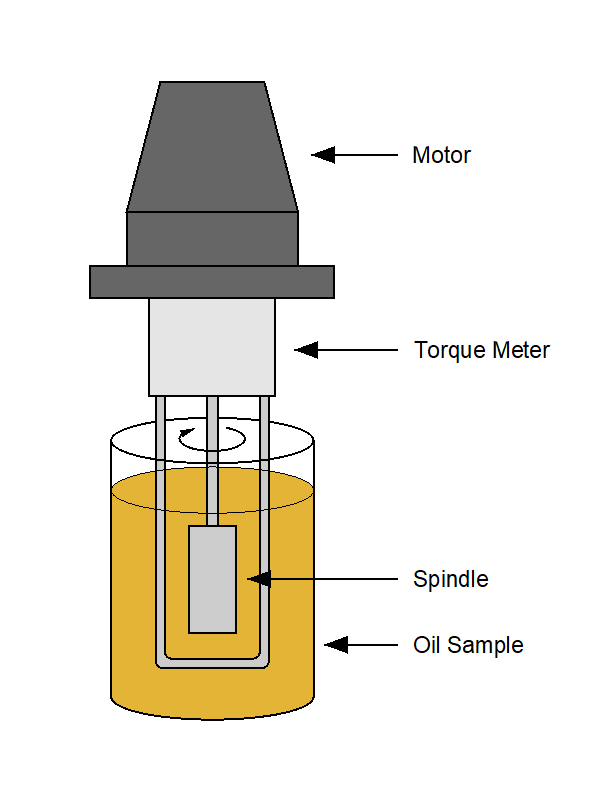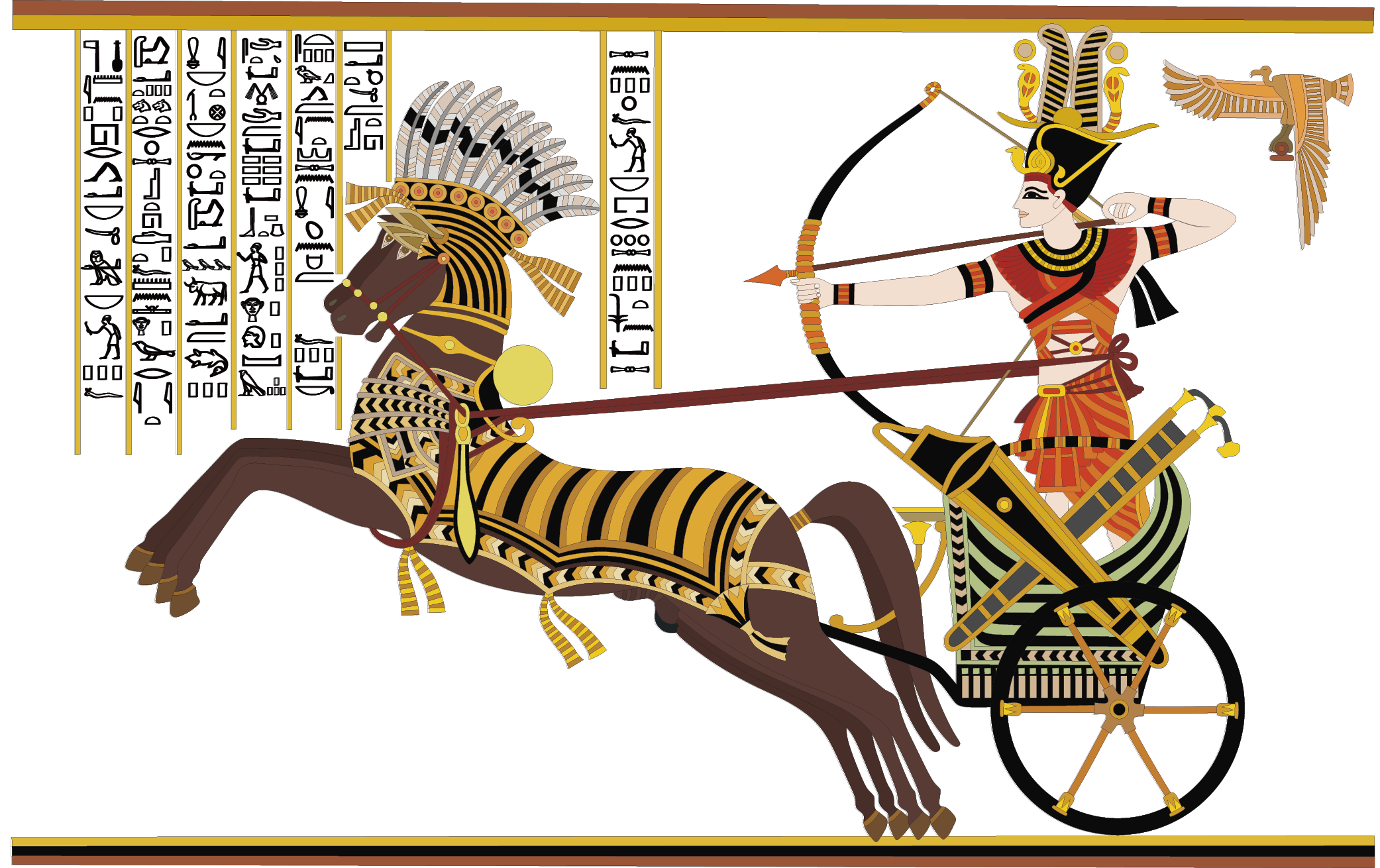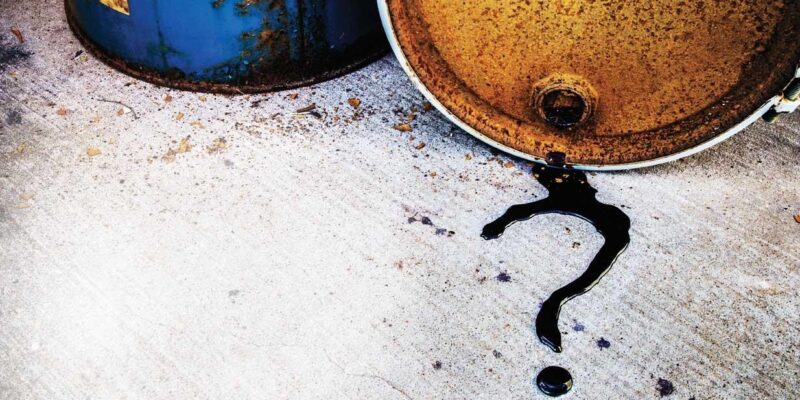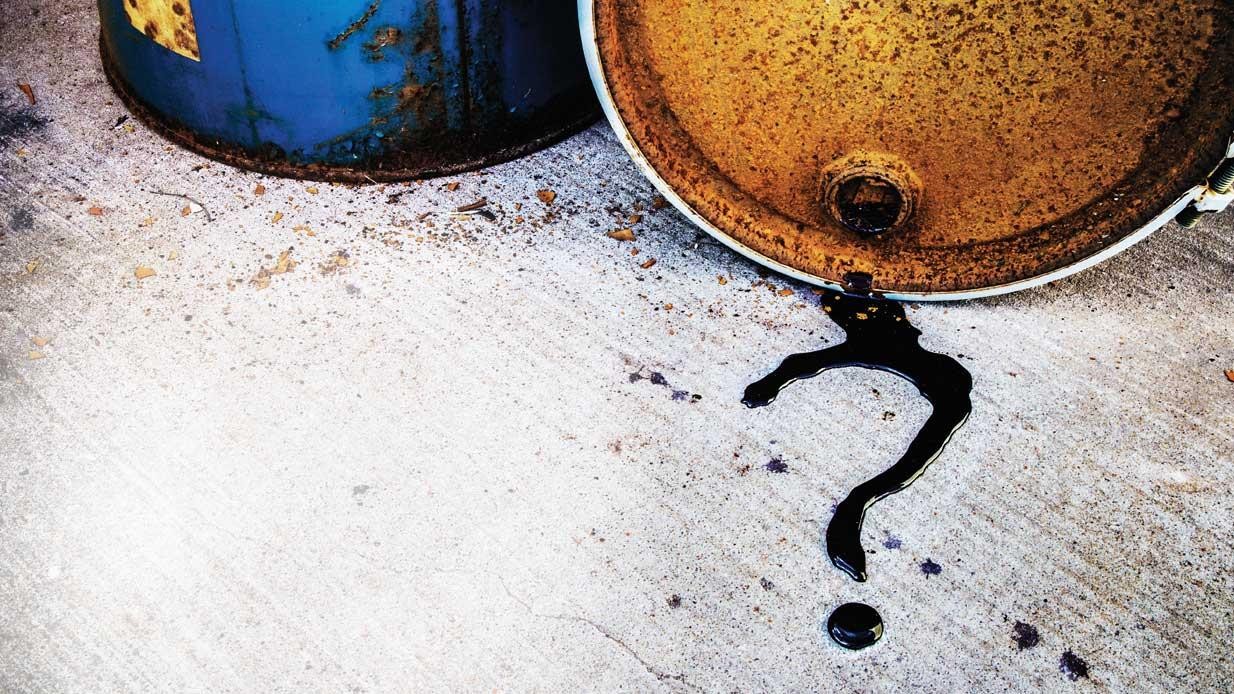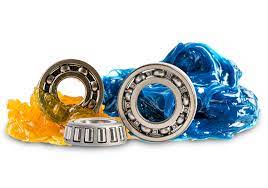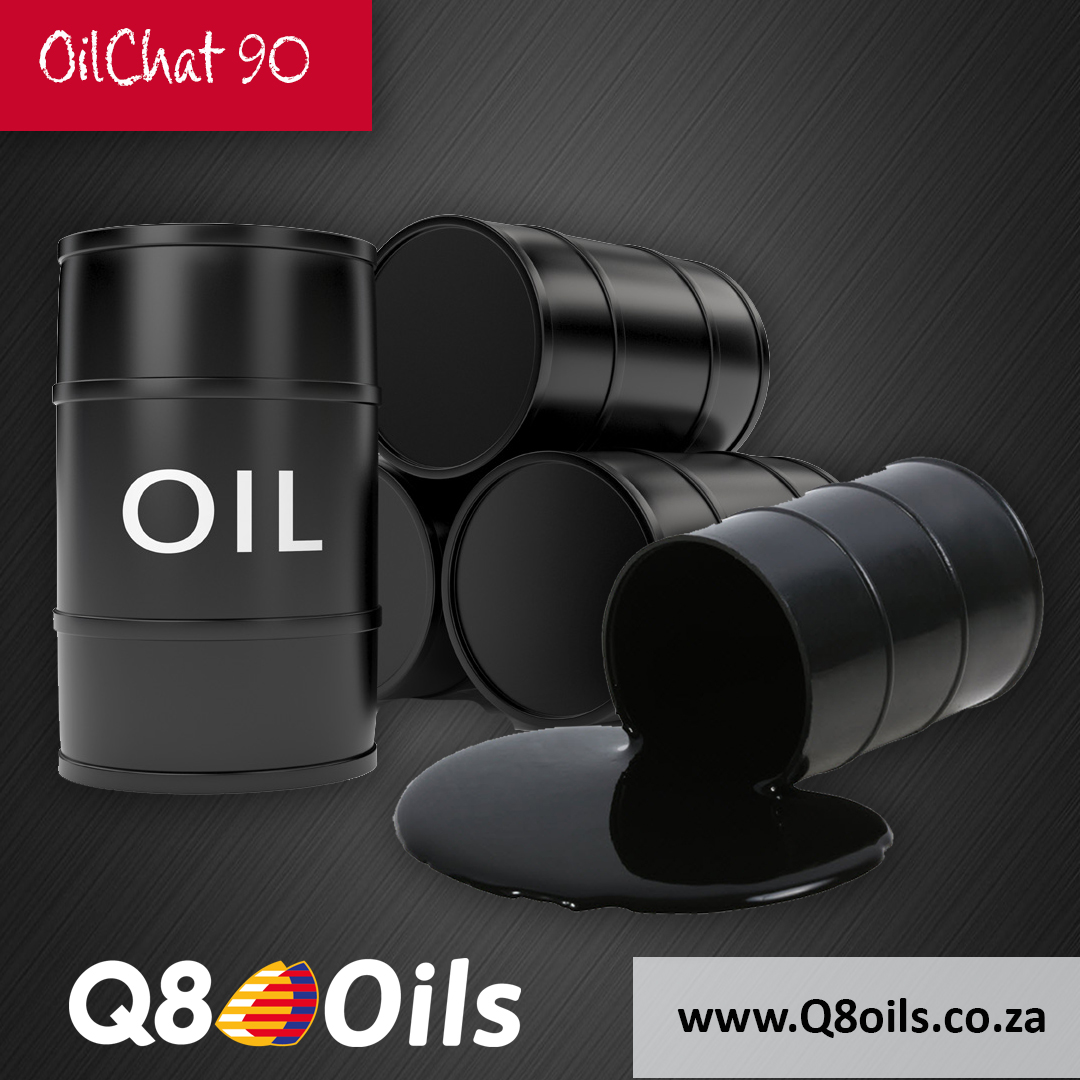
We have discussed the importance of lubricant cleanliness in previous issues of OilChat but some topics justify emphasis and should be revisited from time to time. Lubricant contamination is one such subject. While there is much focus on using the correct lubricant, keeping the lubricant clean in storage, during decanting and the filling process and in operation is just as important. In fact, it does not matter how good a lubricant is, if it is contaminated with foreign matter and debris, it will affect the useful life of the lubricant and the equipment detrimentally.
Machine and equipment maintenance starts in the oil store. Lubricants are prone to contamination from the moment a new oil container arrives on your premises. The following measures can reduce and even prevent contaminants from entering your lubricating oil and grease:
Storage. Water and other contaminants can enter your lubricants due to storage conditions. This occurs when oil drums expand and contract during storage, allowing water, dirt, and dust to penetrate through the gaps of the closure threads. If at all possible, store your lubricants in a dry and clean area that is protected from extreme weather conditions. There are however measures you can take to prevent or minimize contamination, even when logistical difficulties make it impossible to store oil drums in ideal storage conditions. It is possible, for example, to store drums on their sides instead of vertically to prevent water and dust from collecting around the bungs.
Transfer. When a decanter is used to transfer oil make sure it is clean and does not contain any other lubricant. In many cases dispensing equipment like hoses, pumps and nozzles are used to transfer the lubricant rather than pouring it from the drum. The cleanliness of all the components in this procedure is essential to prevent contamination. It is great to have the proper specialised tools for each type of oil, but you must still maintain meticulous cleanliness. If leftover oil is left behind after use, it will contaminate the fresh oil during the next use.
Filling. You can introduce contamination when topping up or when changing oil. To prevent dirt from entering the machine, filtering the oil is a good practice. An often overlooked part of the service procedure is the condition under which you add the fresh oil. Make sure the filler point is clean before you open it. When changing oil, the used oil always has a degree of oxidation, which negatively affects the useful life of the new oil. You must therefore extract as much of the old oil as possible before adding the new oil.
In Service. All lubrication systems are susceptible to contamination. Water and dirt can enter the oil through any opening such as a badly fitting filler cap, a loose inspection lid, an uncapped filling point, a busted seal or an open or damaged vent. Condensation is another common way for water to get into the oil – lubricating systems subjected to high temperature variations in particular. Equipment and machinery operating in direct sunlight are especially vulnerable to condensation when cooling down during the night.
Contaminants in lubricating oil can also be the result of machine operation. Wear metals are the consequence of frictional wear or corrosion of machine components. The presence of these particles may correspond to normal wear patterns (depending on the nature and quantity of the particles). Conversely, they may be a sign of a machine that is failing. Lubricant analysis is valuable to gain clarity regarding the type of oil contamination and wear patterns. With this data one can make better decisions on preventative measures to improve machine reliability. It can also reduce cleaning and filtration costs by enabling you to optimize your systems according to your specific contaminants. You will also benefit from the prevention or reduction of downtime, as the data can act as an early diagnosis of a machine malfunction.
Oil contamination normally has dire consequences for machinery. It is therefore vital to take measures to prevent contamination wherever possible. While not all forms of contamination are avoidable, the above steps can minimize the risk. By ensuring you are using the correct lubricants, keeping your oils clean and implementing a lubricant analysis program, you can reduce the possibility of oil-related failures. Even small efforts can be effective in preventing costly problems down the road.
At Q8Oils we have the people, products and proficiency to assist you in reducing downtime and optimizing equipment life. Simply phone 011 462 1829 or email us at info@bcl.co.za. Our lubricant experts will be happy to answer any questions you may have.





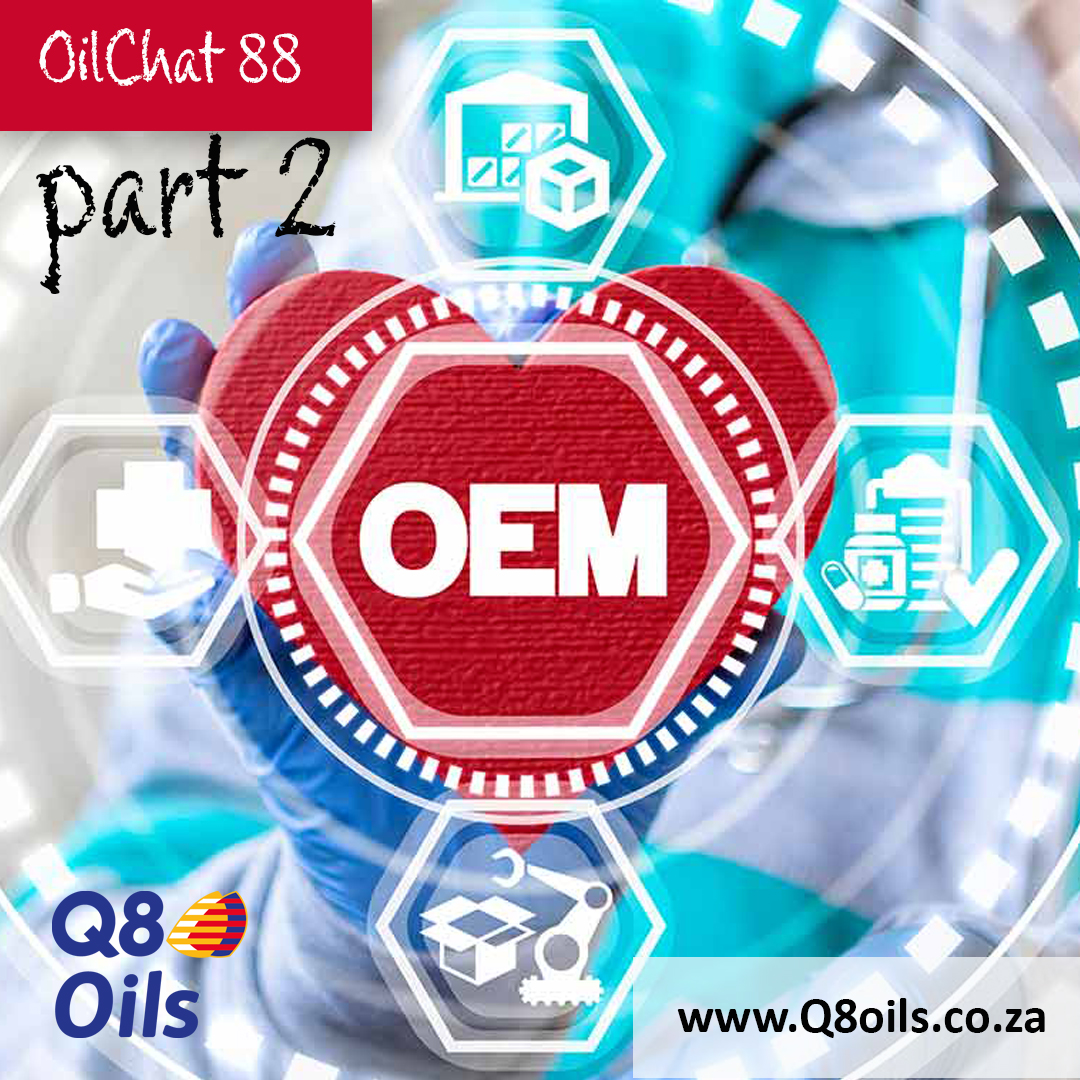

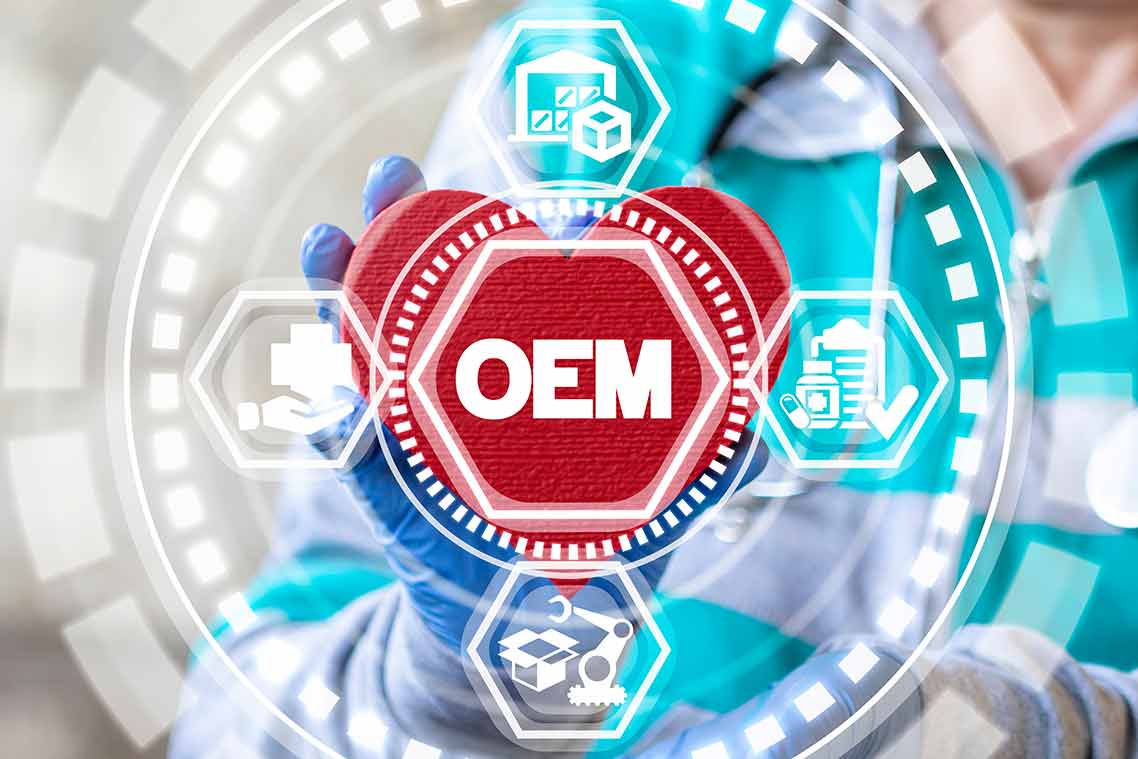
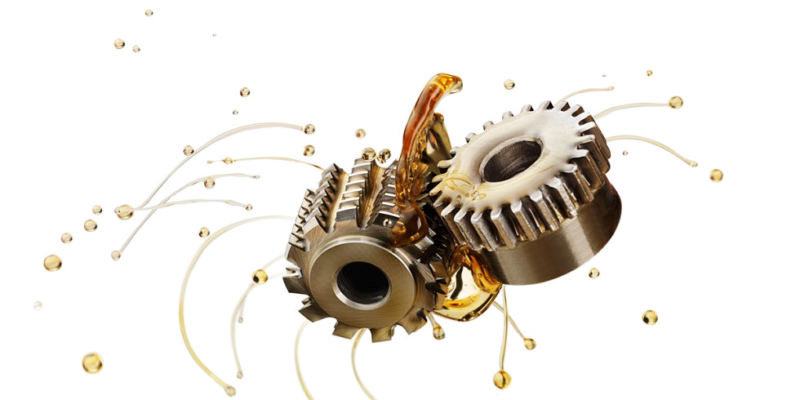
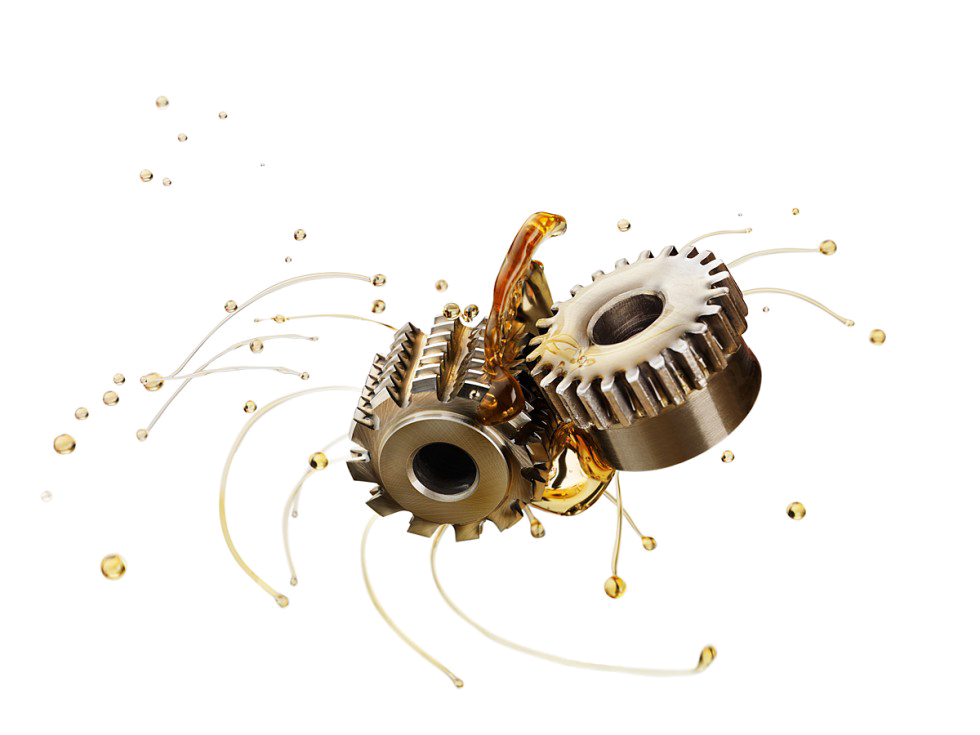




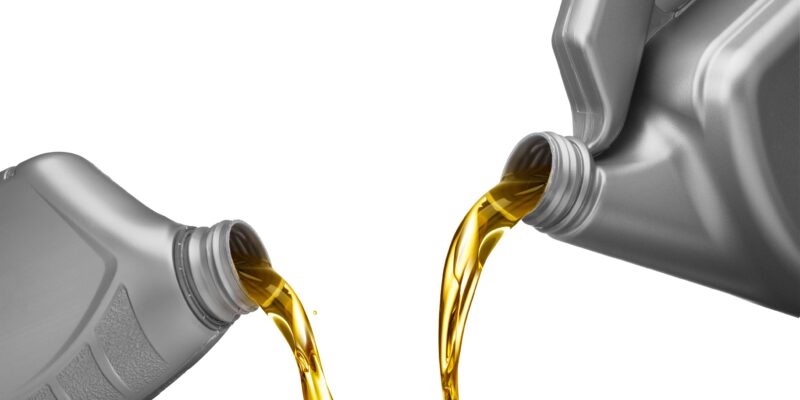
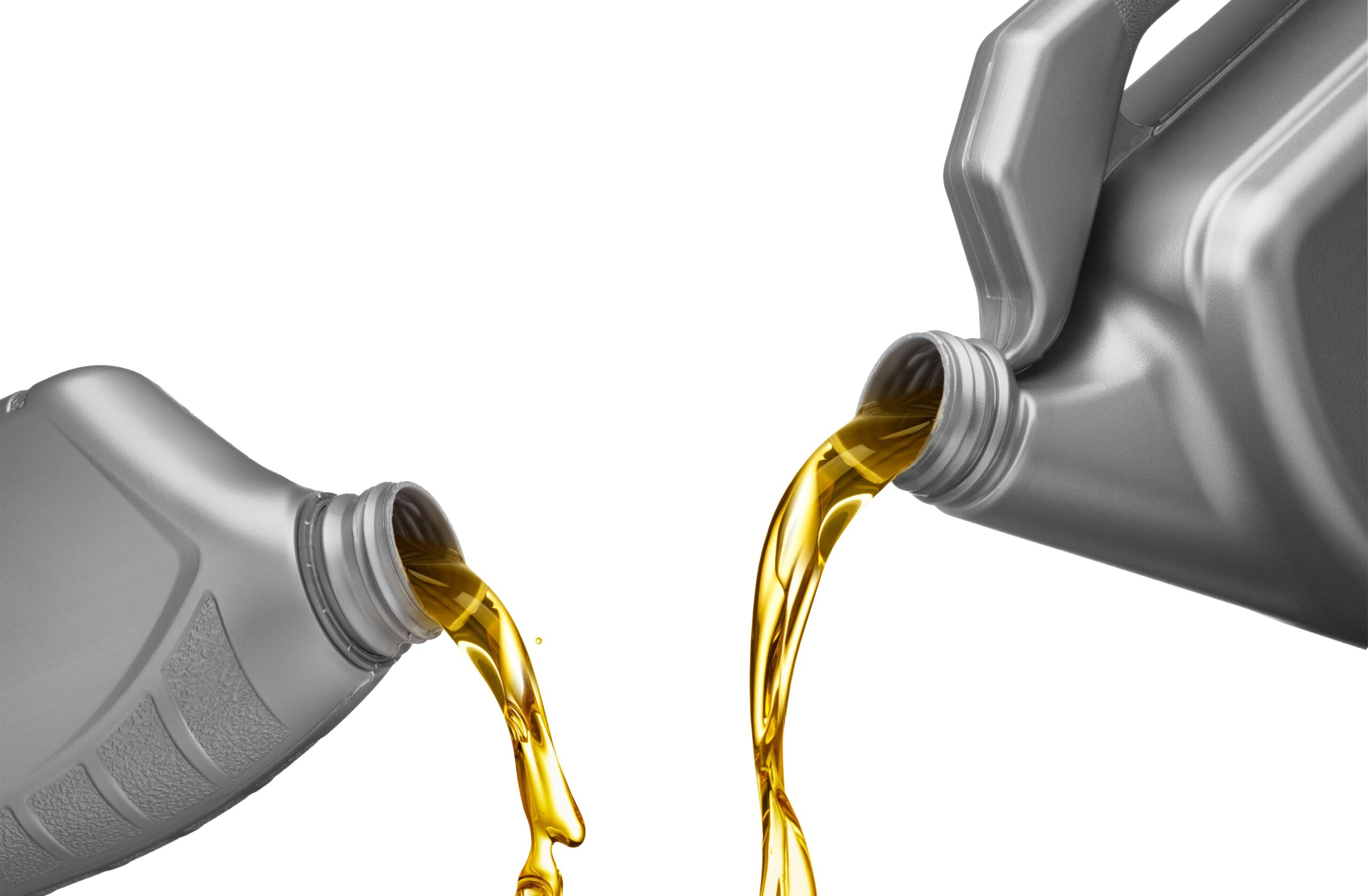
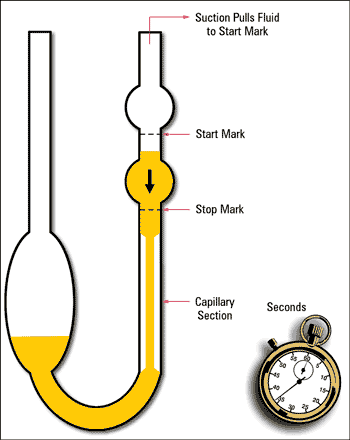 Kinematic Viscosity:
Kinematic Viscosity: